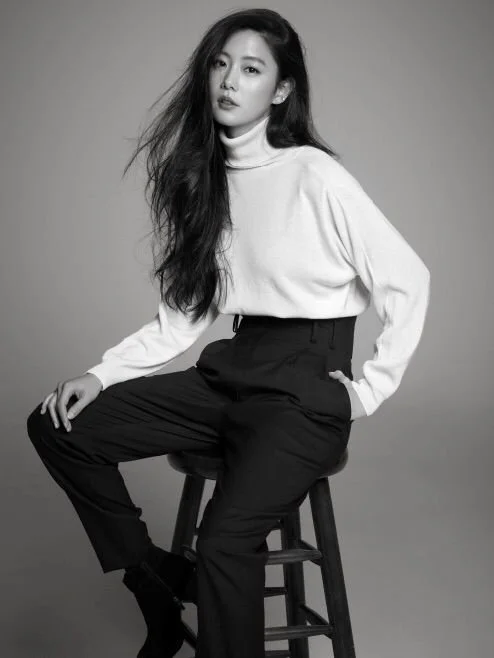Case Study: The APAC Playbook for a Luxury Brand's Creative Transition
The Scenario
A premier European luxury fashion house, celebrated for its chic and a rich heritage, found itself at a critical inflection point.. The Creative Director was ending, and a new leader with a different aesthetic was set to take the helm.
This transition was not happening in a vacuum. It coincided with seismic shifts in the brand's most crucial growth region: APAC. Consumers were evolving, the digital landscape was fragmenting into powerful local ecosystems, and the very definition of luxury was being rewritten.
The challenge was clear: How could the Maison navigate this internal creative evolution while strengthening its resonance and driving sales in the world's most dynamic luxury market?
The Challenge: Balancing Heritage, Hype, and a New Vision
The brand faced a multi-faceted challenge:
Managing Customer Expectations: The outgoing designer had cultivated a distinct, youth-focused aesthetic that tripled sales and resonated with a new generation. The incoming director was anticipated to reintroduce a more minimalist, sophisticated style. The key risk was alienating the newly acquired customer base while re-engaging another.
Evolving Consumer Values: Across APAC, a pivot towards "quiet luxury" was gaining momentum. Consumers were increasingly prioritizing craftsmanship, intrinsic value, and sustainability over conspicuous logos and impulsive buys.
Digital Complexity: Success in APAC is no longer about a single global strategy. It requires mastering a diverse array of "super apps" and social commerce platforms—from Xiaohongshu and Douyin in China to LINE in Japan and KakaoTalk in South Korea.
The Strategic Playbook
Facing these challenges, the brand developed a forward-thinking strategic plan built on several core principles designed to turn a moment of potential disruption into an opportunity for growth.
Play #1: Master the Narrative of Evolution
Instead of positioning the creative transition as a jarring revolution, the strategy focused on communicating a thoughtful evolution.
The message emphasized the new director's deep, historical connection to the brand's DNA, framing his appointment as a natural progression.
The final collection from the outgoing designer was strategically positioned as a stylistic "bridge," focusing on timeless brand codes rather than a final statement, ensuring a smoother transition.
Play #2: Deploy a Dual Product Strategy
To maintain commercial momentum, the plan called for a nuanced approach that honored the past while introducing the future.
Leverage Icons: Commercially successful and popular products, like a signature logo-centric handbag line, would continue to be supported, with a renewed marketing emphasis on their archival roots and craftsmanship to ensure their relevance in the new era.
Introduce New Growth Pillars: The strategy centered on accelerating new categories that align with modern lifestyle trends, including a new beauty line and a luxury athleisure collection, tapping directly into APAC's growing wellness market.
Play #3: Go Hyper-Local with Digital and Culture
Recognizing that APAC is not a monolith, the strategy mandated a deeply localized, "platform-native" approach.
Platform-Specific Content: Instead of repurposing global assets, dedicated teams would create bespoke content for each key platform, from authentic, user-generated-style content on China's Xiaohongshu to entertaining short-form videos on Douyin (Tiktok).
Cultural Integration: The plan called for moving beyond simple translation to deep cultural engagement. An exemplary initiative involved a collaboration with traditional Japanese artisans, creating a museum-quality exhibition that blended the brand's Parisian heritage with local craftsmanship—a move that builds profound brand equity.
Play #4: Engineer a Seamless Omnichannel Universe
The modern luxury journey is fluid. The strategy focused on erasing the lines between online discovery and offline experience.
Integrated Data: A crucial investment was planned for Customer Data Platforms (CDPs) to unify customer information from all touchpoints, enabling true 360-degree personalization whether a client was interacting on WeChat, booking an appointment online, or visiting a store in Hong Kong.
Experiential Retail: Physical boutiques were reimagined as cultural hubs. The plan included continuing an "Art Project" that integrates works by contemporary local artists into flagship stores, transforming them from mere points of sale into immersive brand destinations.
By implementing this multi-pronged strategy, the Maison is positioning itself not just to survive a creative transition, but to thrive. The vision is to build a resilient brand that balances timeless elegance with modern relevance, connects deeply with customers through authentic engagement, and demonstrates a clear commitment to quality and responsibility. This approach is designed to drive sales performance and cultivate enduring brand loyalty in the world's most important luxury market, charting a clear path to future leadership.


